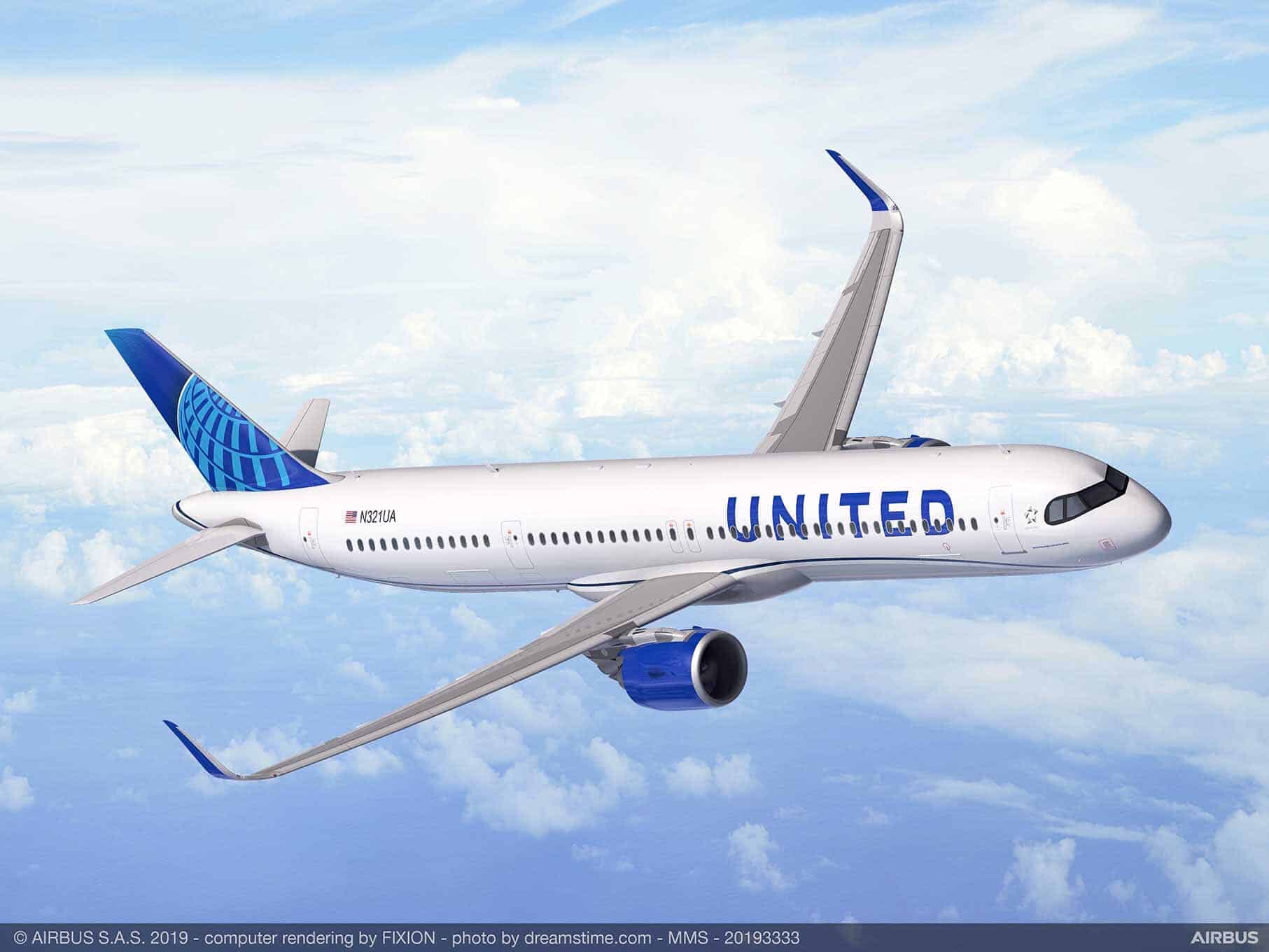Aviation
United Airlines orders 50 Airbus A321XLRs for transatlantic route expansion

Toulouse, 3 December 2019 – United Airlines has placed a firm order for 50 Airbus A321XLR aircraft as it begins to phase out older models and launches an expansion of transatlantic routes from its key U.S. hubs in Newark/New York and Washington D.C. United plans to take delivery of the first A321XLR in 2024 and expects to begin international service with the aircraft in 2025.
“The new Airbus A321XLR aircraft is an ideal one-for-one replacement for the older, less-efficient aircraft currently operating between some of the most vital cities in our intercontinental network,” said Andrew Nocella, United’s Executive Vice President and Chief Commercial Officer. “In addition to strengthening our ability to fly more efficiently, the A321XLR opens potential new destinations to further develop our route network and provide customers with more options to travel the globe.”
The Gulfstream G500 and G600 show steep approach, to be certified next year.
“We are delighted to be re-United with our friends in Chicago and thank them for their trust. The selection of the A321XLR by the leadership of United Airlines is a ringing endorsement of the range, payload, and fuel efficiency that Airbus incorporated into this state-of-the-art aircraft,” said Christian Scherer, Airbus Chief Commercial Officer. “The exceptional versatility and performance of the A321XLR enable new operational efficiencies that flow to the airline’s bottom line.”
‘Spirit of Innovation’ stakes claim to be the world’s fastest all-electric vehicle
The A321XLR is the next evolutionary step in the A320neo/A321neo family of aircraft, meeting market requirements for increased range and payload in a single-aisle aircraft, and creating more value for the airlines by enabling economically viable service on longer routes than any comparable aircraft model. It will allow service from the U.S. East Coast to a much larger selection of European destinations.
The A321XLR will deliver an unprecedented narrow-body airliner range of up to 4,700nm, with 30% lower fuel consumption per seat compared with previous-generation competitor jets. It will have a maximum takeoff weight (MTOW) of 101 metric tonnes, while takeoff, climb, and flight performance will change little from the A321neo.
Airbus begins assembly of first future ‘eco-wing’ prototype
The A321XLR will be operated by the same crew, powered by the same engines and have the same cabin as the A321neo, with more than 90 percent commonality. Combining the A321neo’s two rear centerfuel tanks into one adds fuel capacity and reduces structural weight. Other significant changes include structural reinforcements and modified landing gears for the increased MTOW, increased braking capability, higher tire speed, and additional flap and slat configurations.
With the Airbus Cabin Flex fuselage, the A321XLR will accommodate a variety of seating classes and configurations suitable for longer flights.
The Best and Worst Airlines and Airports of 2019
At the end of October 2019, the A320neo Family had accumulated more than 7,000 firm orders from over 110 customers worldwide.

Aviation
Boeing, Antonov to Collaborate on Defense Projects

– MOU represents Boeing’s commitment to work with Ukrainian industry
– Includes exploring opportunities for collaborating on in-country support of Unmanned Aerial Systems
A Memorandum of Understanding was signed today by Boeing and Antonov Company to investigate potential collaboration on defense-related projects.
“We’re happy to keep collaborating with the Antonov Company to help Ukraine’s economic development and expansion,” stated Ted Colbert, CEO and president of Boeing Defence, Space, & Security.
Airbus and the Antonov An-225: The Best Partnership:Click here
“This agreement demonstrates our ongoing efforts to find more opportunities to work with Ukrainian industry, which was underscored by our signing of the Ukrainian Defence Industry Compact earlier this year.”
The areas of potential collaboration identified in the agreement consist of training, logistical support and overhaul services for tactical Unmanned Aerial Systems utilized by the Ukrainian Armed Forces, which includes the ScanEagle. In addition, the companies will also explore opportunities for Antonov to provide engineering support to Boeing.
The six largest cargo aircraft ever built in the aviation industry:Click here
“A strong, innovative, and efficient defense industry is key to sustainable economic development and national security, and we are extremely excited to collaborate with Boeing,” said Ievhen Gavrylov, CEO of Antonov Company.
This agreement brings a whole new level of opportunity to implement the latest and most effective solutions – in addition to the possibility of future projects with Boeing in the aerospace and defense industry.”
-

 Travel1 week ago
Travel1 week agoAir India to Expand US Operations with Three New Routes After a Decade
-

 Travel2 weeks ago
Travel2 weeks agoWhy We Should Avoid These Stamps in a Passport
-

 Airlines1 month ago
Airlines1 month agoInvestigations Reveal Fake Chinese Titanium in Boeing and Airbus Jets
-

 Tech4 weeks ago
Tech4 weeks agoChina’s CATL Plans 1,800-Mile Electric Plane Launch by 2027
-

 Airport3 days ago
Airport3 days agoTop 10 Largest Airports in the World by Size
-

 Aerospace4 weeks ago
Aerospace4 weeks agoChina’s Fighter Jets Turn Wings into Autonomous Drones
-

 Airlines4 days ago
Airlines4 days agoAir India Rolls Out A350s for Delhi-New York JFK and Newark Routes
-

 Defence3 weeks ago
Defence3 weeks agoBoeing Enhances Chinook with New Engines and Block II Upgrades at $96 Million







